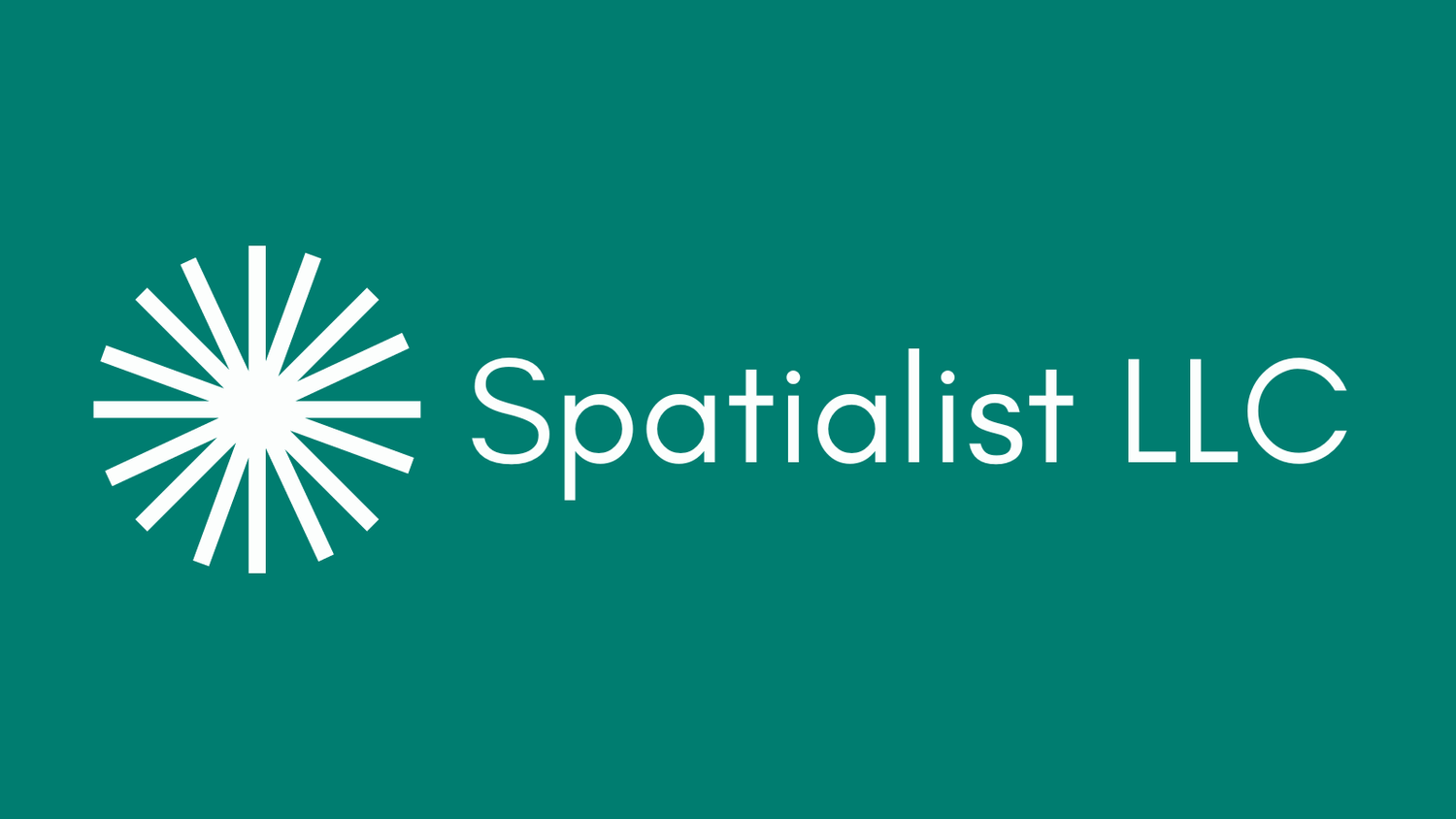Does your affordable housing development qualify for Bonus Tax Credits for solar?
Any entity who purchases a solar PV system may be eligible for the federal income tax credit (ITC) to offset their tax liability, effectively reducing the cost of the system by the value of the credit. Nonprofit and government agencies that cannot claim tax credits can now receive a Direct Pay for the value of the eligible ITC to offset the costs of the solar project.
For solar projects in 2022 and beyond, the ITC is 30% of eligible project costs.
The solar project may also be qualified for “adder” ITC benefits including 10% for using solar products produced in the US and 10% for Energy Community projects. There is also a competitive application process to receive a 10% adder for Low Income Communities and a 20% adder for Low Income Benefit for qualifying projects. (Note that qualifying solar projects may only be awarded one of the Low Income adders, even if they otherwise qualify for both.)
Spatialist is available to help you explore which tax credit bonuses you may be eligible for, especially if you are an affordable housing developer. But you can also get started by seeing if your property is located in one of the U.S. Department of Energy’s Energy Communities or Low Income Communities using the DOE’s mapping tools linked here.
For the Low Income Benefit 20% adder, affordable housing developers may begin by reviewing the DOE’s list of Eligible Housing Programs that meet the definition of “Qualified Low-Income Residential Building Projects”.
If you believe your affordable housing development or other project location may be eligible for Bonus Tax Credits or Direct Pay, get in touch and Spatialist can guide you through the determination and competitive application process, while also consulting to provide a financial and technical assessment of your building’s solar potential.
